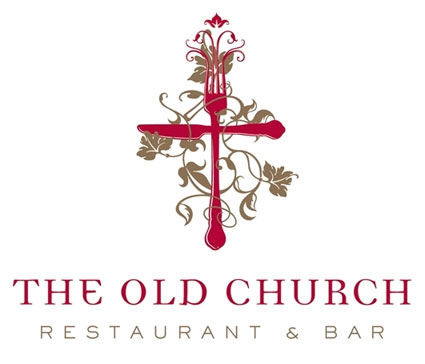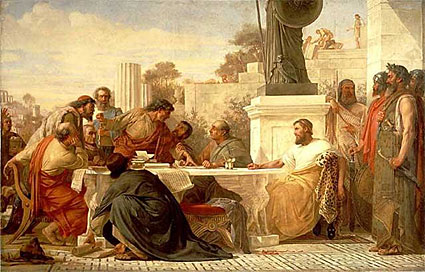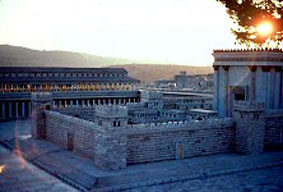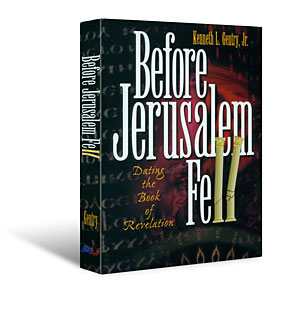Jan
5
2010

Understanding the Two Tables
Another thought on Jesus’ “joke” in Matthew 24. In Menu for the the Dirty Birds, I wrote:
“For wherever the carcass is, there the eagles will be gathered together.” Matthew 24:28
Tabernacles, as the final harvest of the year (grapes and olives), was also called “Ingathering.” Matthew 24 also follows the feast structure (twice), and Jesus uses this factor to make a terrifying joke.
As a holy priesthood, we are to be eaten by the world. But there are two Tables and we often confuse them.
Continue reading
Comments Off | tags: AD70, Communion, Feasts, Jewish war, Joke | posted in Biblical Theology, Christian Life, The Last Days
Dec
10
2009

Ending the False Dichotomy of Blood and Spirit
NOTE: THIS POST HAS BEEN REMIXED AND INCLUDED IN GOD’S KITCHEN.
The Old Testament is a bloody book. Beginning with Adam’s “dissection” to build Eve and the animals the Lord made into tunics, it culminates in Revelation with the massacre of saints under Herod/Nero (Revelation 14) and then the massacre of Jews under Vespasian and Titus.
Continue reading
2 comments | tags: Amillennialism, Church History, Dispensationalism, Jewish war, John Piper, Martyrdom, Nero, Postmillennialism, Revelation | posted in Biblical Theology, Quotes, The Last Days
Sep
1
2009
“…that you may become blameless and harmless, children of God without fault in the midst of a crooked and perverse generation, among whom you shine as lights in the world” Phil. 2:15
Acacias, not Mulberries
 So, acacia wood is at the heart of the Holy furniture. The Tabernacle is a wilderness world glorified by Spirit-filled men and brought into the tent of God,[1] under the wing of Boaz, under the friendly firmament of a new Covenant, under the great tree that grows to shelter the nations.
So, acacia wood is at the heart of the Holy furniture. The Tabernacle is a wilderness world glorified by Spirit-filled men and brought into the tent of God,[1] under the wing of Boaz, under the friendly firmament of a new Covenant, under the great tree that grows to shelter the nations.
Continue reading
Comments Off | tags: AD70, Angels, David, Jewish war, Josephus, Luke | posted in Biblical Theology, Quotes, The Last Days
Apr
8
2009
 “It is most remarkable that not only in Revelation do we find large patterns of evidences befitting the AD 60s era, but also even many smaller details. It it surely no accidental similarity that allows us to find not only particular personages (Nero), cultural structures (the Jewish Temple), and historical events (the Neronic persecution and the Jewish War) that harmonise well with the Neronic era, but even time-frames for these that fill out the picture of the era of which John wrote. It can be no other than in the mid- to late AD 60s.”
“It is most remarkable that not only in Revelation do we find large patterns of evidences befitting the AD 60s era, but also even many smaller details. It it surely no accidental similarity that allows us to find not only particular personages (Nero), cultural structures (the Jewish Temple), and historical events (the Neronic persecution and the Jewish War) that harmonise well with the Neronic era, but even time-frames for these that fill out the picture of the era of which John wrote. It can be no other than in the mid- to late AD 60s.”
Kenneth Gentry, Before Jerusalem Fell, p. 255-256
Comments Off | tags: Apocalyptic, Jewish war, Kenneth Gentry, Nero, Revelation, Temple | posted in Quotes, The Last Days





























